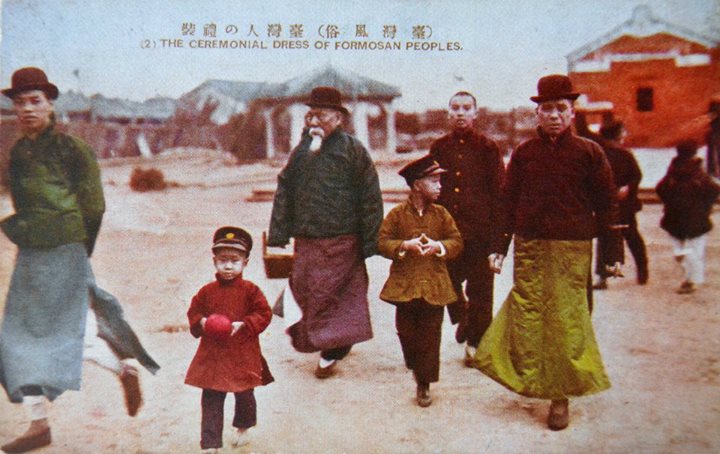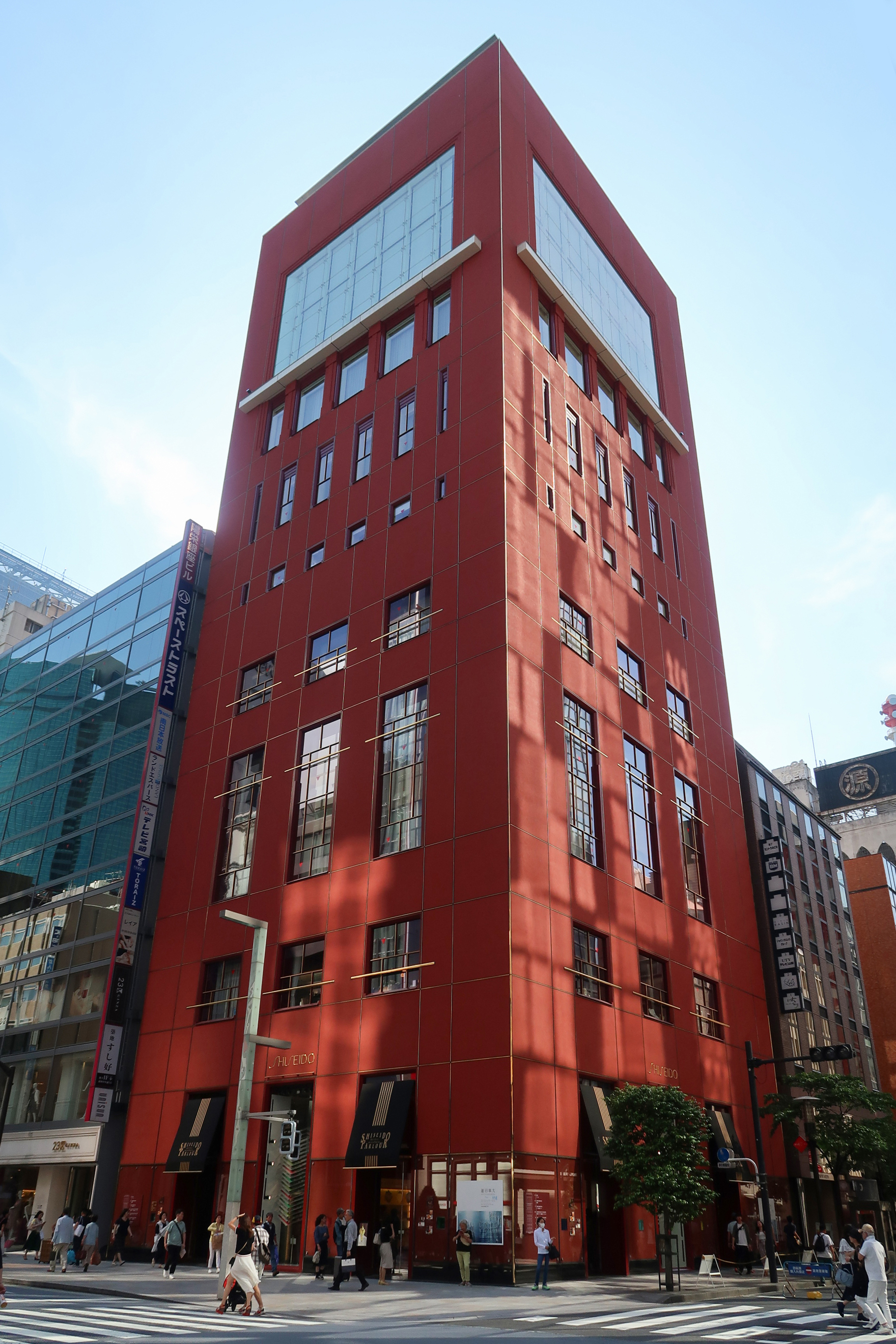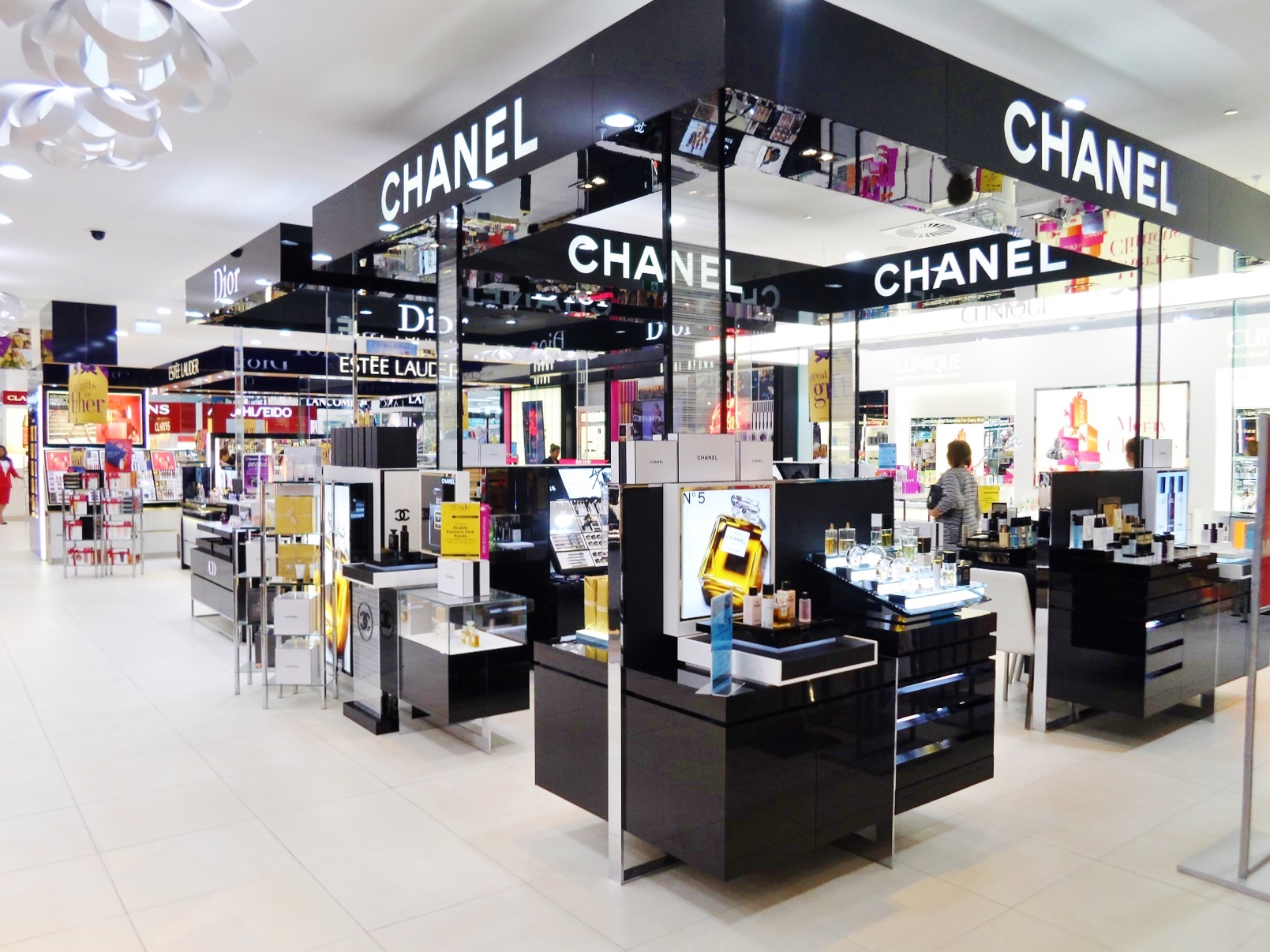|
T-Beauty
T-Beauty, or Taiwanese Beauty, refers to beauty products and routines associated with Taiwan. Overview According to NBC "Taiwanese beauty movement focuses on a simple, holistic approach to skin care by using high-quality, natural ingredients and techniques rooted in traditional Chinese medicine." It is also influenced by Taiwan's warm climate with a resulting emphasis on hydrating and lightweight products. In general it includes four steps: cleanse, tone, moisturize and sheet mask. History The Taiwanese cosmetics industry got its start doing contract manufacturing for Japanese firms like Shiseido and the Kao Corporation. In the 2000s Taiwanese companies began exporting products under their own name. Early successful brands include Dr. Wu Skincare, My Beauty Diary, Neogence, Annie's Way, and Maskingdom. Industry Taiwan banned cosmetic testing on animals in 2016. In 2017 Taiwan exported $730 million worth of cosmetics. Organization The Taiwan Beauty Alliance is an ind ... [...More Info...] [...Related Items...] OR: [Wikipedia] [Google] [Baidu] |
My Beauty Diary
My Beauty Diary ( zh, t=我的美麗日記) is a Taiwanese skincare brand renowned for its sheet masks. Established in 2004 by President Pharmaceutical Corp., a subsidiary of Uni-President Enterprises Corporation, the brand has expanded its presence to over 15 countried worldwide, including Japan, South Korea, the United States, Canada, and various Southeast Asian countries. History In the early 2000s, while facial masks were popular among women, affordable and effective options were scarce. Recognising this market gap, President Pharmaceutical Corp. launched My Beauty Diary in 2004, positioning it as an affordable skincare brand. The brand gained popularity through word-of-mouth and regular product updates, introducing 4–5 new products annually and revamping its packaging and formulations every 2–3 years. In August 2011, My Beauty Diary entered the Chinese market through an exclusive partnership with Watsons. Due to trademark issues, the brand was marketed as zh, t=我的� ... [...More Info...] [...Related Items...] OR: [Wikipedia] [Google] [Baidu] |
Neogence
Neogence ( zh, t=霓淨思) is Taiwanese dermatological skincare brand founded in 2005 by scientists and healthcare professionals, claiming to offer clinical-grade products designed for Asian skin types through evidence-based formulations and research-backed efficacy. History Neogence was launched in 2005 by Dr. Hsieh and Dr. Tsai, classmates from the National Taiwan University who initially developed the Hyaluronic acid Hydrating Essence to address their family members' skincare needs. This product became a cornerstone of the brand, surpassing five million bottles sold. In 2008, the company opened its own GMP-certified manufacturing facility in Taipei, receiving certifications from the Food and Drug Administration. In 2013, Neogence established a dedicated “Skin Institution” encompassing a Skin Testing Center (with VISIA analysis), Product Laboratory, and Education Pavilion to support ongoing R&D and public skincare education. International Presence Since 2009, Neogence has ... [...More Info...] [...Related Items...] OR: [Wikipedia] [Google] [Baidu] |
Fashion In Taiwan
Fashion in Taiwan has grown significantly over the past decades, shaped by Western influences, Taiwan’s increasing affluence, vibrant social media culture, and its own domestic pop culture—often referred to as the Taiwanese wave. This evolution has helped Taiwanese designers and brands draw international attention. Taipei acts as the epicenter of the nation’s fashion industry, with Taipei Fashion Week—under the auspices of the Ministry of Culture (Taiwan), Ministry of Culture—showcasing collaborations between fashion, indigenous arts, anime, and sports icons, and demonstrating a strong cross-disciplinary focus on creativity, sustainability, and cultural heritage. Meanwhile, bustling streetwear and fast-fashion hubs like Wufenpu and List of night markets in Taiwan, night markets across major cities remain integral to Taiwan’s local style scene, providing accessible platforms for emerging trends and community expression. History The evolution of Taiwanese fashion closely ... [...More Info...] [...Related Items...] OR: [Wikipedia] [Google] [Baidu] |
Taiwan
Taiwan, officially the Republic of China (ROC), is a country in East Asia. The main geography of Taiwan, island of Taiwan, also known as ''Formosa'', lies between the East China Sea, East and South China Seas in the northwestern Pacific Ocean, with the China, People's Republic of China (PRC) to the northwest, Japan to the northeast, and the Philippines to the south. It has an area of , with mountain ranges dominating the eastern two-thirds and plains in the western third, where its Urbanization by country, highly urbanized population is concentrated. The combined Free area of the Republic of China, territories under ROC control consist of list of islands of Taiwan, 168 islands in total covering . The Taipei–Keelung metropolitan area, largest metropolitan area is formed by Taipei (the capital), New Taipei City, and Keelung. With around 23.9 million inhabitants, Taiwan is among the List of countries and dependencies by population density, most densely populated countries. Tai ... [...More Info...] [...Related Items...] OR: [Wikipedia] [Google] [Baidu] |
Shiseido
is a Japanese multinational cosmetic company founded in Tokyo, Japan in 1872. Its product categories consist of: skin care, makeup, body care, hair care, and fragrances. The company is one of the oldest cosmetic companies in the world and celebrated its 150th anniversary in 2022. It is the largest cosmetic firm in Japan and the fifth largest cosmetic company in the world. In Japan, Shiseido is available at cosmetic counters at selected department stores and most pharmacies. The company owns numerous brands and subsidiaries worldwide, in addition to its founding label. The company is headquartered in Tokyo, and is traded on the Tokyo Stock Exchange, where it is a constituent of the Nikkei 225 and TOPIX Large70 indices. Company history Founding The name ''Shiseido'' comes from a passage in the Chinese classic ''I Ching'' (Book of Changes) meaning "praise the virtues of the earth which nurtures new life and brings forth significant values". Arinobu Fukuhara, former head ... [...More Info...] [...Related Items...] OR: [Wikipedia] [Google] [Baidu] |
Kao Corporation
is a Japanese global chemical and cosmetics company headquartered in Nihonbashi-Kayabacho, Chūō, Tokyo, Japan. History Kao was established in 1882 by Tomiro Nagase as a manufacturer of domestic toiletry soap. Until 1954, they were known as , and finally in 1985 to Kao Corporation. ; 1960s and 1970s : During the 1960s and the 1970s, the company expanded to Taiwan and ASEAN countries, and also to oleochemicals in order to complement their main business. During this time, the company launched household products, laundry products, and industrial products to expand its revenue base (such as New Beads detergent, Humming fabric softener, Haiter bleach and Magiclean household cleaners). ; 1980s : During the 1980s, its products Merries diapers, Attack detergent, Bioré daily skincare and Bioré U daily body care, Curel (1986) and Sofina cosmetics were launched. During this time, Kao engaged in several joint ventures (haircare in Europe, Nivea in Japan with Beiersdorf), and acquis ... [...More Info...] [...Related Items...] OR: [Wikipedia] [Google] [Baidu] |
Gua Sha
''Gua sha'' (Chinese: 刮痧), also known as ''kerokan'' in Indonesia or ''cạo gió'' in Vietnam, is a traditional East Asian medicine practice involving the use of a smooth-edged tool to scrape the skin, producing light petechiae (small red or purple spots caused by minor capillary bleeding). Practitioners believe that this technique releases stagnation or "unhealthy" elements from the body, particularly from areas of muscle soreness, stiffness, or injury, promoting blood flow and healing. Rooted in traditional Chinese medicine (TCM), ''gua sha'' has been used for centuries across East and Southeast Asia and has gained global attention in modern times, though it remains classified as a pseudoscience due to a lack of scientific evidence supporting its efficacy. The practice is known by various names in English, such as "scraping therapy," "spooning," or "coining," and in French as ''tribo- effleurage'' (friction-stroking). While it is widely practiced for pain relief, relaxat ... [...More Info...] [...Related Items...] OR: [Wikipedia] [Google] [Baidu] |
Pharmaceutical Industry In Taiwan
The pharmaceutical industry in Taiwan is a key segment of the nation’s broader biomedical sector, which includes pharmaceuticals, medical devices, biotechnology, and healthcare services. In 2021, Taiwan’s biomedical industry generated roughly US $23.8 billion in revenue—of which pharmaceuticals, medical devices, and healthcare contributed about 14.8%, 35.4%, and 31.9%, respectively. The pharmaceutical sub‑sector alone produced revenues of approximately NT $67.05 billion (roughly US $2.2 billion) in 2011, and total pharmaceutical exports reached approximately US $815 million in 2021. History The origins of Taiwan’s pharmaceutical sector date back to the 1960s, when government initiatives encouraged domestic medicine production to reduce dependency on imports and Taiwan shifted from repackaging to manufacturing domestically produced antibiotics, formalin, and other chemical products. The Taiwanese government's 1968 Resolution promoted national pharmaceutic ... [...More Info...] [...Related Items...] OR: [Wikipedia] [Google] [Baidu] |
Cosmetic Industry
The cosmetic industry describes the industry that manufactures and distributes cosmetic products. These include colour cosmetics, like foundation and mascara, skincare such as moisturisers and cleansers, haircare such as shampoos, conditioners and hair colours, and toiletries such as bubble bath and soap. The manufacturing segment of the industry is dominated by a small number of multinational corporations that originated in the early 20th century, but the distribution and sale of cosmetics is spread among a wide range of different businesses. Cosmetics must be safe when customers use them in accordance with the label's instructions or in the conventional or expected manner. One measure a producer may take to guarantee the safety of a cosmetic product is product testing. FDA occasionally does testing as part of its research program or when looking into potential safety issues with a product. Both the cosmetics business and consumers can benefit from the FDA's resources on product ... [...More Info...] [...Related Items...] OR: [Wikipedia] [Google] [Baidu] |
Skin Care
Skin care or skincare is the practice of maintaining and improving the health and appearance of the skin. It includes washing, moisturizing, protecting from the sun, and treating skin problems like acne and dryness. Skin care can help prevent infections and irritation and is an important part of daily hygiene. Skin care is at the interface of cosmetics and dermatology. Skin care differs from dermatology by its inclusion of non-physician professionals, such as estheticians and nursing staff. Skin care includes modifications of individual behavior and of environmental and working conditions. Skin care is an essential part of wound healing, radiation therapy, and the management of some medications. General care The skin is the largest organ in the human body. It protects against germs, dirt, and harmful substances. Simple habits like washing and applying lotion can make a big difference in skin health, but little is known scientifically about the benefits and clinical effica ... [...More Info...] [...Related Items...] OR: [Wikipedia] [Google] [Baidu] |




